Stablecoins—digital currencies that are tethered to real-world fiat currencies—will not only unlock cheaper transaction costs and speed, but will also open wider access to cross-border trade in the Global South, according to Ray Youssef, CEO of Noones, a Panama-based crypto peer-to-peer (P2P) trading platform which serves the Global South. This open access, he said, means anyone, anywhere, can participate in global trade without being slowed down by the bureaucratic bottlenecks that exclude many from traditional finance cross-border payment rails.
Speaking at a panel on Moonshot by TechCabal, Youssef explained that stablecoins are already changing how traders in Africa pay for goods, settle transactions, and store value.
“We’ve created our own financial system in Africa; now, what’s left is the monetary system—the money itself—and that’s still under Western control.”
Across Africa and globally, small and medium-scale traders rely heavily on traditional financial payment networks to move money across borders. Stablecoins could fast-track how money flows by providing instant settlement and near-zero transaction costs.
In 2024, Africa’s stablecoin transaction volume crossed $54 billion, largely driven by Nigeria, Ghana, and Kenya. Yet most of that activity was speculative rather than trade-focused, underscoring how much work remains before stablecoins become the backbone of commerce. In markets like Ethiopia, where digital currencies are already being used for retail transactions, adoption numbers have not kept pace.
The optimism around stablecoins becoming central in large-scale cross-border trades is continuously tempered by regulatory and technical challenges. Regulators across the continent are yet to define where stablecoins fit within their monetary systems. Without frameworks to guide issuance, taxation, and convertibility, adoption will remain continent upon how regulators approach innovation—something Youssef vehemently argued only presents a means for control that doesn’t work for crypto.
“Regulation has never kept anyone safe,” said Youssef. “FTX was regulated. Binance is regulated. All regulation does is make us poor, because it keeps the money from moving around. Poverty creates scammers, and then we use the scams to justify more regulation. The cycle just continues.”
Yet, there are also infrastructure gaps; many payment processors and banks are not yet equipped to integrate stablecoin rails into their existing systems, driving a wedge for traditional banks, which have built a strong trust layer with regulators over the years, to participate.
“Africa has historically been seen as consumers,” said Shonibare. “The earlier we begin to build, the earlier we can shape what this technology becomes.”
Satoshi Shinada, managing partner at Verod-Kepple Africa Ventures, offered an investor’s lens on the opportunity. He said that investor appetite is growing for projects building compliance-first stablecoin products in Africa.
“By design, stablecoins are not volatile; they’re backed by reserves like government bonds,” Shinada said. “We need to institutionalise stablecoins. The best way to give credibility to stablecoins is to integrate them into the payment ecosystem so people just use them.
The potential for stablecoins to power cross-border commerce in Africa is enormous. But unlocking it will depend on how quickly regulators, innovators, and investors move from talk to tangible systems that actually work for people.
Stablecoin is here to stay, and it is time for proper adoption, the panellists echoed.

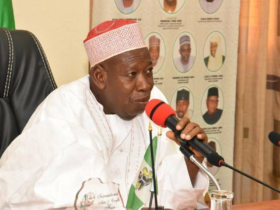
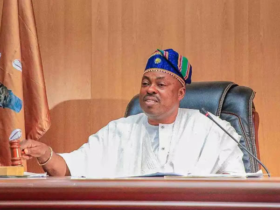



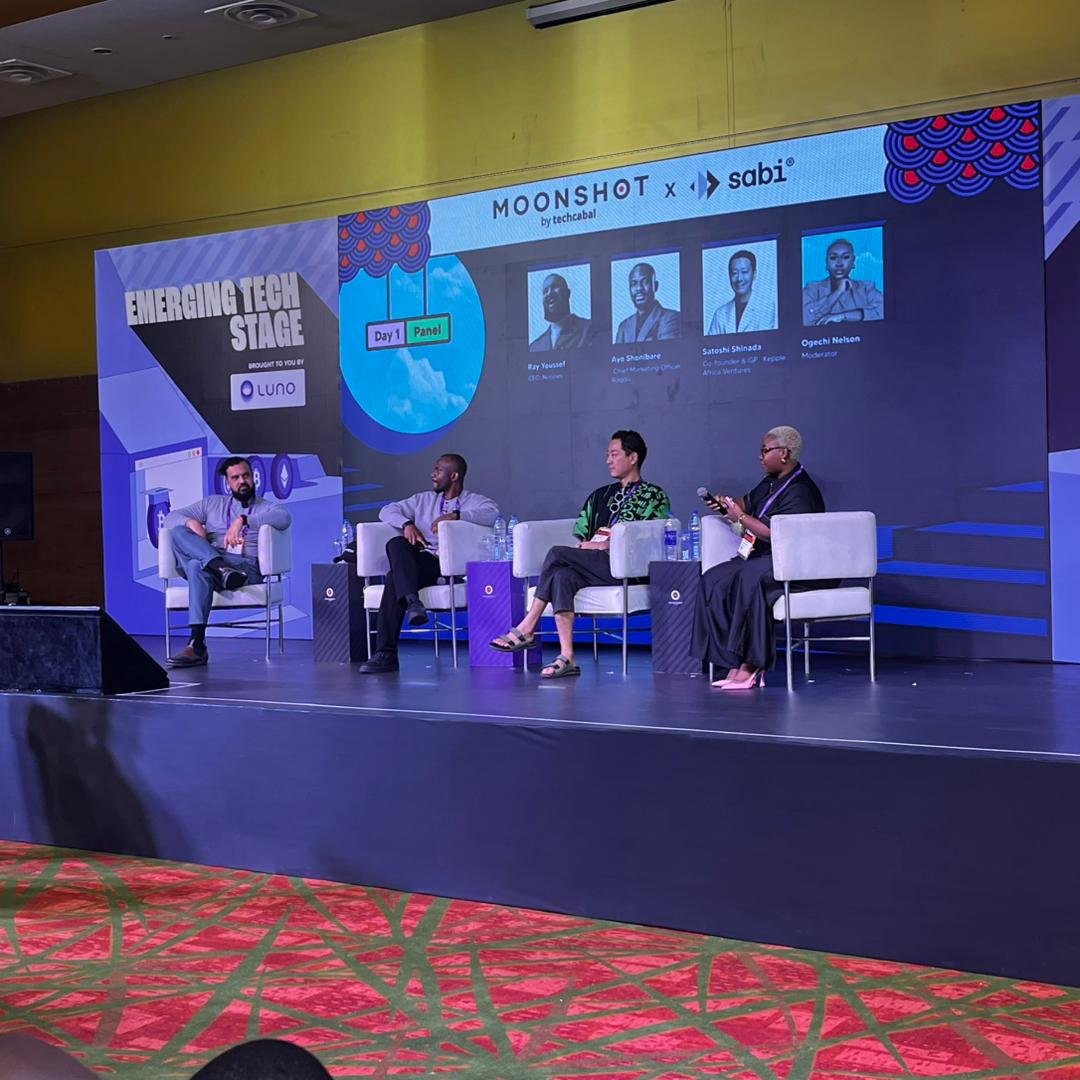


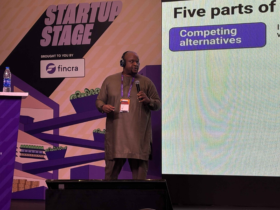



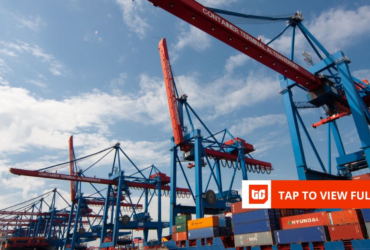




Leave a Reply